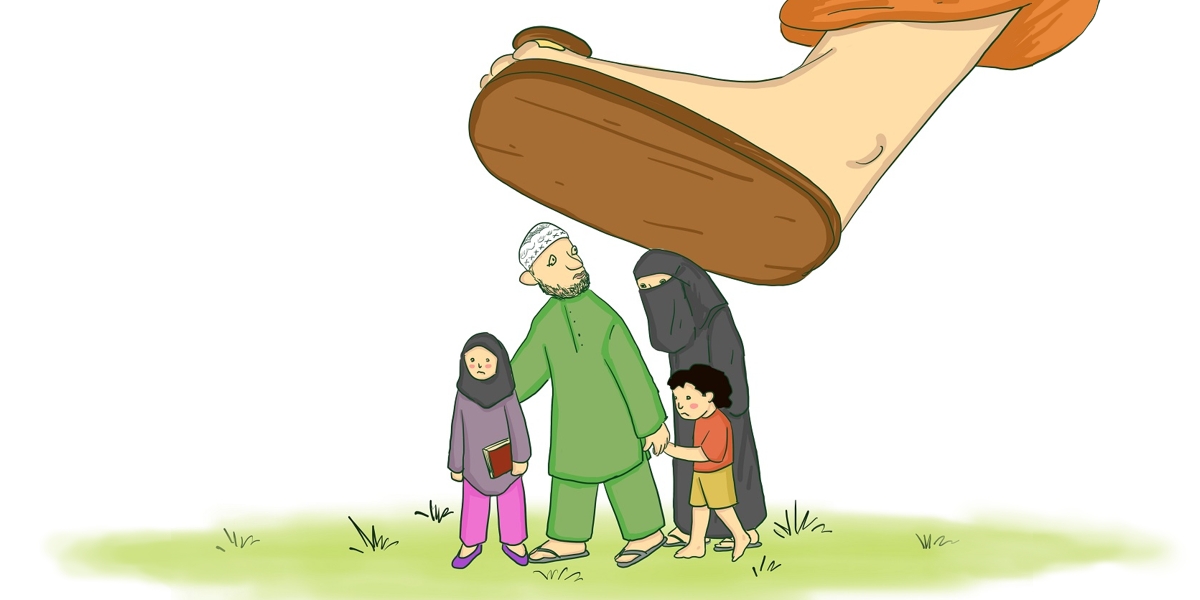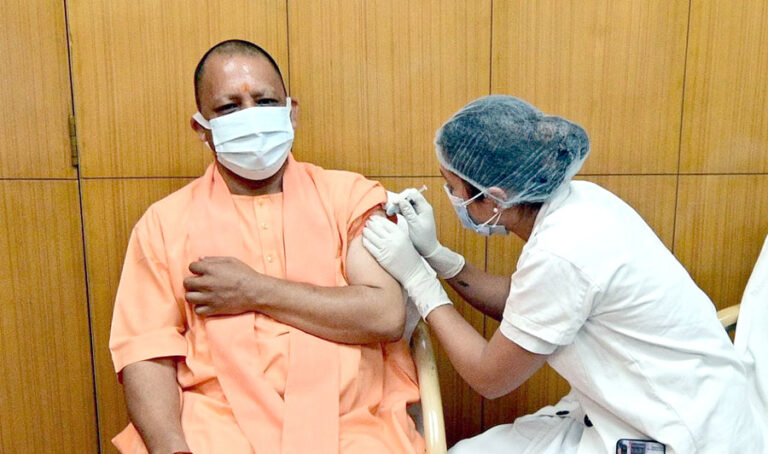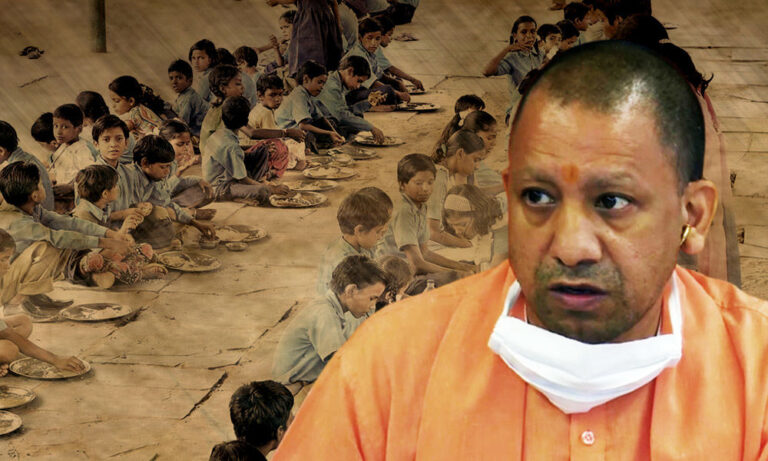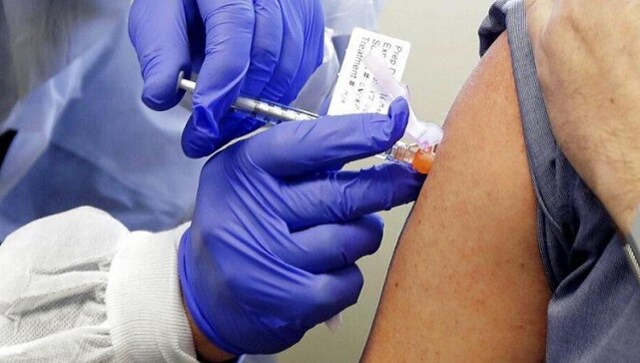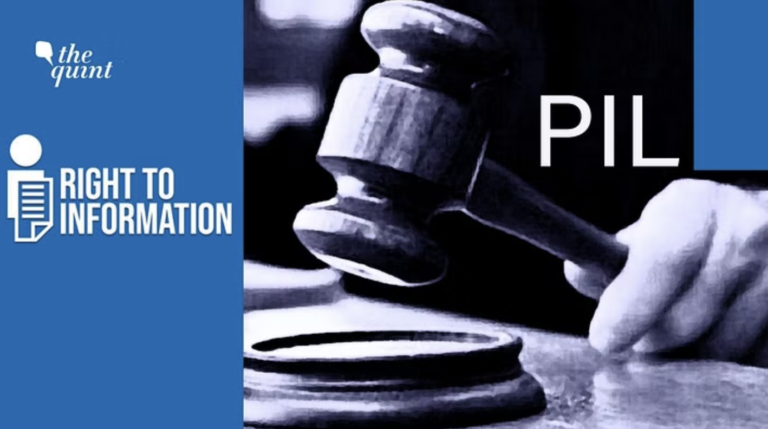UP Govt Choked Development Work in Muslim Dominated Districts
The article was originally published in The Taut [not live now]. Though a copy is irretrievable, you can read the crux of the story below. You can also view the video story here.
Year by year, the Yogi Adityanath-led Uttar Pradesh government lowered its spending on developing minority-dominated districts in the state, until it finally reached rock-bottom.
Right to Information replies from the Central Government, and publicly available data reveals how development projects in these districts came to a complete standstill under the current dispensation, now seeking a re-election.
The Pradhan Mantri Jan Vikas Karyakram (PMJVK), known as Multi-sectoral Development Programme (MSDP) until it was renamed in 2018, is a Centrally Sponsored Infrastructure Support Scheme that aims to provide the minority communities with socio-economic infrastructure facilities in the field of education, health and skill development. It is the Union Ministry of Minority Affairs (MoMA) that administers this scheme. Earlier under MSDP, districts with more than 50% of minority population were targeted but later, realising that districts are too big a unit for planning, the scheme was revamped to target Minority Concentration Blocks (MCB), Minority Concentration Towns (MCT) and Clusters of Minority Concentration Villages with more than 25% of minority population in order to ensure that the grass-root level communities directly benefit from the scheme. The centre usually provides 50%-100% of the total fund depending on the project proposed, and the rest is borne by the State.
UP, which as per 2011 Census has 19% Muslim population, has 43 districts which contain 249 of these blocks or towns with minority-dominant population. As Muslims form a major portion of this minority population, they are the largest beneficiaries of this scheme in UP and elsewhere.
Since April 2021, the state has utilised zero funds from the central share amount that was released by the Centre. Year-on-year, though allocations from the centre were high, the amount utilised by the UP government was abysmally low. This graph reflects the poor state of this scheme’s implementation in UP.
As can be seen, since 2017 when the BJP government rose to power in UP, utilisation of funds for developing minority areas in the state showed a substantial decline- 62 crores in 2017, 48 crores in 2018, 39 crores in 2019, 5 crores in 2020, until it hit rock-bottom to zero in 2021-22.
Not just that, but the funds approved by the Centre for new projects also saw a decline since 2018. Reference to this graph below.
The RTI reply from the Centre’s MoMA says that under the PMJVK scheme, “there is no fixed year-wise allocation” but that allocations are based on “eligible proposals received from the States/UTs”. In other words, the State makes a proposal and the Centre, based on a careful evaluation, sees if it meets the guidelines and approves or rejects each project.
So grave is the situation in UP that the Centre’s own Empowered Committee responsible to monitor and sanction projects for States had to “express its concerns” on October 21, 2021 over the large amount of unspent balance in the State amounting to over 1000 crores at that time. The Empowered Committee also refused to consider any further projects from the state “in view of very high unspent balance and UCs (utilisation certificates)” and advised the UP government to first complete all the pending projects and submit UCs within a month.
What specific work was hampered?
As per the RTI reply, since 2015, centre has sanctioned 9159 projects for the state out of which only 5% or 467 projects have been completed so far.
Out of these, Centre had approved 3865 projects in the education sector, out of which only 4.8% or 187 projects have been completed.
Similar situation for projects in the health sector. Out of the 27 projects for the health sector, only 26% or 7 have been completed by the UP government.
A clearer picture emerges if one looks at the centre’s Physical Progress Report of the scheme, prepared in March 2019, the only time period currently available.
Breakdown of Sectors
- Education
Niti Aayog’s February 2021 ‘Evaluation Report’ of this scheme noted that the highest proportion of out of school children amongst minorities in the country belong to Muslim minority groups (4.43 percent), followed by Christians (1.52 percent) and others (1.26 percent). Muslim enrolment in educational institutes remains the lowest amongst all religious minorities, with only 24% enrolment at the secondary level and 19% at the senior secondary level (Classes 10 to 12). Importantly, the drop-out rate also remains high. At the primary level (Classes 1 to 8) and senior secondary level, the drop-out gap is in the negative in UP, and other states such as Haryana, Jharkhand, Madhya Pradesh, Gujarat, and West Bengal. The factors for drop-outs are several, but mostly because of poverty, low income, migration, need to support the family, and early marriage in case of female children. Rate of enrolment in higher education too, is the lowest amongst Muslims, but this has been improving each year.
Despite the Scheme prioritising community infrastructure projects such as construction of schools, colleges, classrooms, etc., yet only 5% of these sanctioned educational projects have been completed since 2015, a majority of which was under Yogi Adityanath. If the Physical Progress Report of March 2019 is considered, out of the 6175 sanctioned units of projects like construction of degree colleges, classrooms, schools, and toilets in schools, the state has only completed 1696 units or 27% at that time. Zero out of 19 degree colleges and only 67 of 514 schools were constructed.
- Health
Situation is no better in health infrastructure projects. Overall in India, the Muslim community has the highest Under 5 Mortality Rate at 49.9%, higher than the national average of 49.7%. UP has the highest perinatal mortality rate (stillbirths and early neonatal deaths- death of a live newborn in the first 7 days) at 56.4%. The Niti Aayog report said that in minority-concentrated areas, there has been a lack of adequate health care services like PHCs, Aanganwadi centres, safe drinking water, and drainage facilities, thereby “making health conditions a matter of concern”.
The NITI Aayog report also revealed that only 0.43% of the total completed projects under this scheme in India constitute health related projects. Though the health of the people is one of the basic indicators of development of an area, focus towards development in this area has been very low. The same is true for UP, as data shows only 27 approved projects in the past 7 years and only 7 projects completed so far.
The state has however constructed 8771 out of the 11,342 approved Anganwadi Centres- a type of rural child care centre to combat child hunger and malnutrition until March 2019 ever since the scheme’s inception. But recently, the Empowered Committee at the Centre refused to approve any further construction of Anganwadi centres in UP without them receiving a third-party inspection report of all such centres constructed under this scheme. The reason that triggered this order for a third-party inspection is unknown.
- Skill Development
Another thrust area of this scheme is skill development. Construction of Industrial Training Institutes (ITIs), Polytechnic colleges, and skill training centres are some of the ways this scheme attempts to increase skill upgradation in minority populations.
The Niti Aayog report says that due to lack of facilities for upgradation of skills and educational opportunities, the WPR or Workforce Participation Rate has been lower amongst most minorities than national average. Due to the high concentration of Muslim minorities in self-employment activities, they require access to adequate financing and credit, which is not very easily available, negatively affecting the sustainability of their livelihood. The socio-economic conditions of the Muslim minorities are highly impacted as a result of such financial exclusion.
Even in this sector, out of the 39,367 units approved for construction till March 2019, only 5.4% or 2151 units were constructed by the UP government. The data for after March 2019 is not available. But has the situation for Muslims and other minorities significantly improved after 2019 when a majority of the government’s resources were put to use to combat Covid-19 pandemic?
